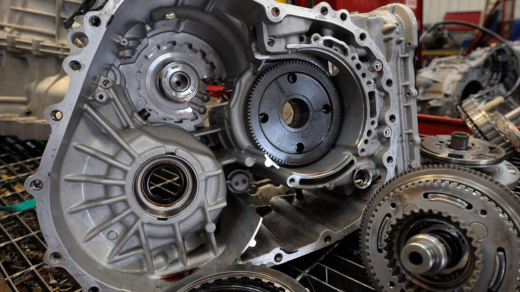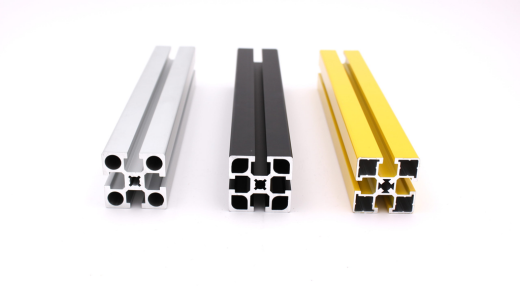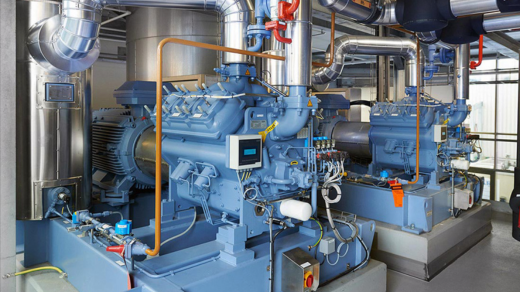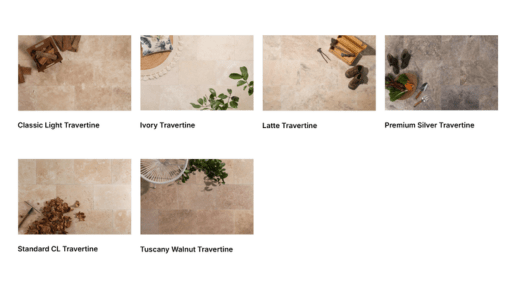
In the competitive world of automotive engineering, few components command as much respect as Toyota transmissions. These mechanical marvels have earned a global reputation for reliability, efficiency, and longevity that few manufacturers can match. This reputation isn’t built on marketing alone but on decades of engineering excellence and continuous refinement.
The Toyota Philosophy: Engineering for Longevity
Toyota’s approach to transmission engineering begins with a fundamental principle: build components that last. This philosophy, deeply rooted in Japanese manufacturing culture, prioritizes long-term reliability over cutting-edge features that might compromise durability.
The company’s famous production system emphasizes quality control at every stage, with multiple inspection points and a zero-defect mentality. For transmissions specifically, this means precise machining, stringent tolerance requirements, and extensive testing before any unit leaves the factory.
Legendary Transmissions Through the Years
Toyota’s transmission legacy includes several standout models that have achieved legendary status among automotive enthusiasts and mechanics alike.
The A340E/F automatic transmission, found in vehicles ranging from the Supra to various Lexus models, is renowned for its ability to handle significant power increases while maintaining smooth operation. Many examples have surpassed 300,000 miles with only basic maintenance.
The W58 manual transmission, featured in performance-oriented vehicles like the Supra and Cressida, has achieved cult status for its robust construction and ability to handle substantial torque increases when properly maintained.
More recently, the AB60 six-speed automatic transmission found in Toyota’s truck and SUV lineup demonstrates the company’s continued commitment to building transmissions that can withstand severe duty conditions without compromise.
Engineering Innovations That Set Toyota Apart
Several key engineering decisions differentiate Toyota transmissions from their competitors:
Heat Management: Toyota engineers place particular emphasis on thermal efficiency, incorporating design elements that minimize heat buildup—a primary cause of transmission failure. Oversized cooling channels, strategic fluid routing, and in some models, dedicated transmission coolers significantly extend service life.
Material Science: The company’s metallurgical expertise results in components with exceptional wear resistance. From precisely hardened gear sets to bearing surfaces engineered for minimal friction, material selection plays a crucial role in longevity.
Hydraulic Precision: In automatic transmissions, Toyota’s hydraulic control systems are calibrated for optimal pressure management, preventing the harsh shifts that can damage internal components while maintaining responsive performance.
Simplified Design Philosophy: Where appropriate, Toyota often chooses simpler, proven designs over complex mechanisms that might offer marginal performance benefits but introduce additional failure points—a practical approach that prioritizes reliability.
The JDM Advantage
Japanese Domestic Market (JDM) Toyota transmissions often offer unique advantages compared to their international counterparts. Vehicles in Japan frequently face different driving conditions, including higher average RPMs due to highway speed limits and dense urban environments that require frequent shifting.
JDM Toyota transmissions for sale are particularly valued for these reasons, often coming from lower-mileage vehicles due to Japan’s stringent vehicle inspection system that encourages earlier retirement of vehicles still in excellent mechanical condition.
Maintenance: The Key to Transmission Longevity
Even the best-engineered transmissions require proper maintenance to reach their full potential lifespan. Toyota’s recommended service intervals are conservative by design, particularly regarding fluid changes.
Automatic transmission fluid (ATF) serves not only as a hydraulic medium but also as a cooling and cleaning agent. Regular fluid changes prevent the accumulation of microscopic metal particles and breakdown products that can accelerate wear.
For manual transmissions, the specified gear oils are formulated specifically for Toyota’s synchronizer materials and bearing requirements. Using manufacturer-recommended lubricants significantly extends service life compared to generic alternatives.
Common Toyota Transmission Applications
Toyota’s transmission engineering excellence extends across their vehicle lineup:
Passenger Cars: From the economical Corolla to the luxurious Crown, Toyota’s car transmissions are tuned for smooth shifts and fuel efficiency without sacrificing durability.
Performance Vehicles: Models like the Supra, MR2, and 86/GR86 feature transmissions engineered to handle the additional stresses of performance driving while maintaining streetable characteristics.
Trucks and SUVs: The Land Cruiser, Hilux, and Tacoma model lines showcase transmissions built to withstand extreme conditions, from desert heat to arctic cold, often with enhanced cooling systems and reinforced components.
Hybrid Systems: Toyota’s innovative hybrid transmissions like those found in the Prius family represent a different kind of engineering achievement, seamlessly blending conventional gearing with electrical power distribution.
The Future of Toyota Transmissions
As automotive technology evolves, Toyota continues to innovate while maintaining its commitment to reliability. Direct-shift automatic transmissions offer more efficient power transfer while reducing complexity. Meanwhile, continuously variable transmissions (CVTs) in certain models deliver improved fuel economy without the traditional reliability concerns associated with this technology.
The company’s hybrid experience has positioned it uniquely for the electrified future, with transmission systems that effectively integrate electric motors with conventional powertrains. This expertise will likely play a crucial role as the industry transitions toward electrification.
Conclusion
Toyota transmissions represent more than just mechanical components—they embody an engineering philosophy that values longevity, reliability, and efficiency. Whether in a daily commuter, a rugged off-roader, or a high-performance sports car, these transmissions continue to set industry standards for durability.
For those maintaining, restoring, or upgrading Toyota vehicles, understanding the engineering excellence behind these transmissions provides valuable context for maintenance decisions and appreciation for Japanese automotive craftsmanship that continues to influence the global automotive industry.








